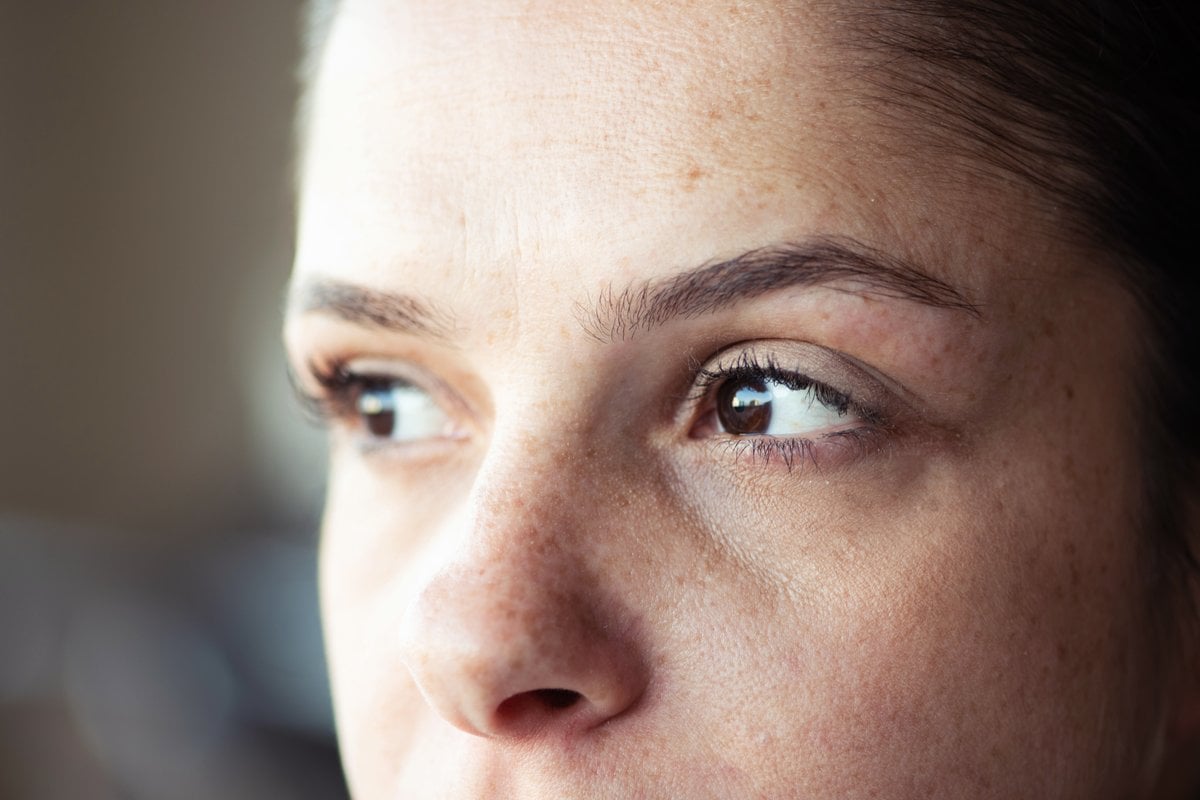
It all started with the very best intentions.
I’d just moved from London to Sydney, hoping for a fresh start after a terrible year.
This was pre-COVID. So what qualified as a terrible year back then was devastating in an entirely different way.
A close friend had died, then a family member. I’d suffered unexpected health issues that landed me in hospital. Then, just as I’d started to recover, I lost my job.
Actually, that devastation sounds a lot like COVID.
Watch how to spot and combat burnout. Post continues after video.
Anyway, it was a lot. And according to my GP, I was suffering with ‘reactive depression’.
That meant that my low mood, inability to sleep and complete lack of motivation was in response to situational stress. As soon as my circumstances improved, I’d improve - or so she said.
In the meantime, there was self care (which definitely wasn’t called that back then). Healthy eating, better sleep (laughable, but thank you), and plenty of exercise.
Top Comments